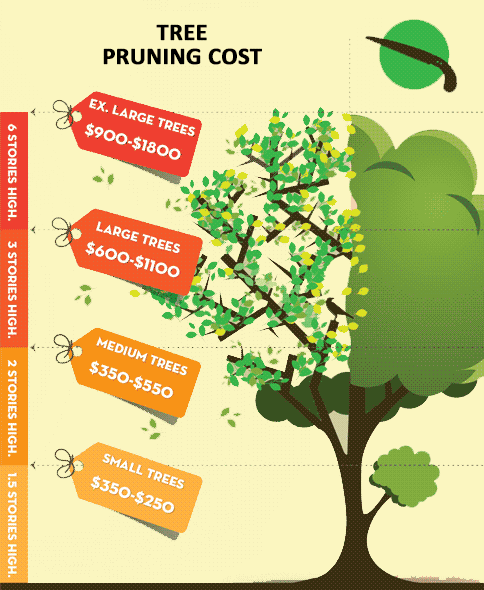Treatment After Tree Elimination: Efficient Ways To Revitalize Your Landscape
Treatment After Tree Elimination: Efficient Ways To Revitalize Your Landscape
Blog Article
Web Content Created By-Nunez Cho
After a tree's removal, your landscape might look quite various, and it's essential to evaluate the aftermath thoroughly. https://lorenzotnicx.activoblog.com/39321723/important-safety-and-security-tips-for-tree-elimination-what-you-ought-to-know-prior-to-getting-going 'll wish to assess the dirt disruption and inspect bordering plants for any kind of indications of stress. Ignoring these variables can lead to bigger problems down the line. So, what should you do with those stumps and origins? And exactly how do you select the best plants for your rejuvenated space? Allow's explore these essential actions.
Examining the Aftermath: Examining Your Landscape
After a tree elimination, it's essential to evaluate your landscape to recognize the effect it has on your backyard.
Begin by checking out the location where the tree stood. Seek signs of dirt disturbance, and inspect the surrounding plants for any anxiety or damages.
You must additionally take note of just how the removal has actually changed sunshine direct exposure and airflow in your garden. This change can influence the growth of nearby plants, so it's essential to review their wellness.
Think about the visual aspects also; the elimination may create an open space that you can revamp.
Lastly, think of any possible erosion problems that may arise from the tree's absence. Attending to these variables early will assist restore equilibrium to your landscape.
Dealing With Stumps and Origins: Alternatives for Elimination
As soon as you have actually examined the results of the tree elimination, you'll likely require to tackle the stump and roots left behind.
You have a few choices for elimination. One reliable approach is stump grinding, where a specialist makes use of a maker to grind the stump down to below ground degree. https://www.dwell.com/article/6-backyard-landscape-designs-that-need-minimal-maintenance-220ece7a leaves very little interruption to your landscape.
If you favor a do it yourself technique, you can make use of a combination of digging and chemical stump cleaners. Simply remember, this process can take time and effort.
Alternatively, take into consideration leaving the stump as an all-natural function, which can function as an unique garden aspect or habitat for wildlife.
Whatever you pick, attending to the stump and roots is important for restoring your landscape.
Picking the Right Plant Kingdoms for Your New Area
As you analyze your recently cleared room, selecting the right plants can dramatically improve your landscape's appeal and performance.
Begin by thinking about the sunshine and soil problems. For warm areas, choose drought-resistant plants like lavender or succulents. In shaded places, ferns and hostas prosper well.
Think of the dimension and growth habits of your plants; mix perennials and annuals for seasonal range. Do not forget to include indigenous types; they need much less maintenance and support local wild animals.
Team plants in odd numbers for an extra natural appearance and create layers for visual depth.
Finally, ensure you have a mix of shades and appearances to maintain your landscape dynamic throughout the seasons.
Satisfied growing!
Final thought
In conclusion, restoring your landscape after tree removal is a rewarding process. By assessing the results, attending to stumps and origins, and picking the right plants, you'll develop a flourishing environment. Do not forget to incorporate disintegration control measures to protect your soil. With a little effort and treatment, you can transform your room into a lively garden that improves your property. Accept the opportunity to revitalize your landscape and enjoy the elegance of nature right in your yard!
